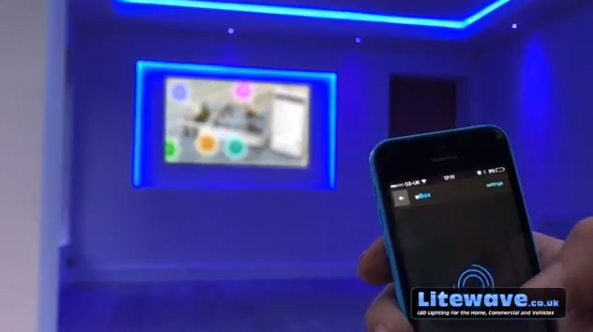Unveiling the Brilliance of Fiber Optic Lights Illuminating the Future

In the ever-evolving landscape of technological innovation, fiber optic lights have emerged as a shining star, illuminating the way for a multitude of applications ranging from telecommunications to interior design. These captivating strands of light, guided by the principles of total internal reflection, have revolutionized the way we perceive and utilize light in our modern world. With their remarkable efficiency, flexibility, and adaptability, fiber optic lights have not only brightened our physical spaces but also symbolize the boundless possibilities of human ingenuity.
A Journey through the Light Path
The journey of fiber optic lights begins with a core concept rooted in the physics of light propagation. Fiber optics operates on the principle of total internal reflection, wherein light is transmitted through thin strands of glass or plastic fibers by continuously reflecting off the walls of the fiber. This efficient light transmission mechanism results in minimal loss of intensity over long distances, a stark contrast to the traditional copper wires used for electrical transmission, which can suffer significant signal degradation.
The heart of a fiber optic system consists of the core, which carries the light signal, surrounded by the cladding, which has a slightly lower refractive index. This configuration ensures that light remains trapped within the core due to the phenomenon of total internal reflection, enabling it to travel vast distances without loss of signal quality.
Illuminating Applications
The applications of fiber optic lights span a wide spectrum, demonstrating their versatility and transformative power across various industries.
- Telecommunications: Fiber optic cables form the backbone of modern high-speed internet and telecommunications networks. Their ability to transmit data at incredible speeds and over long distances has revolutionized global communication, enabling seamless video conferencing, online streaming, and rapid data transfer.
- Medical Imaging: In the medical field, fiber optic lights find use in endoscopy and other minimally invasive procedures. Their small size and flexibility allow for the creation of compact, lightweight medical instruments that can navigate the intricate pathways of the human body, aiding in diagnosis and surgery.
- Lighting and Interior Design: Fiber optic lights have captured the imagination of interior designers and architects due to their unique ability to deliver light to places that traditional lighting solutions cannot reach. They are employed to create stunning visual effects in spaces such as starry ceilings, underwater scenes in swimming pools, and dynamic accent lighting in homes and commercial settings.
- Art and Entertainment: The world of art and entertainment has also been touched by the ethereal allure of fiber optic lights. In theaters, museums, and installations, fiber optics provide a captivating medium to create immersive environments and captivating visual displays, captivating audiences with their shimmering, dynamic displays.
- Sensing and Industrial Applications: Fiber optic sensors are used in various industries to measure parameters such as temperature, pressure, and strain. These sensors find applications in industrial processes, civil engineering, and environmental monitoring due to their immunity to electromagnetic interference and their ability to function in harsh conditions.
The Promise of the Future
As technology continues to advance, the future of fiber optic lights appears even more promising. Researchers are exploring ways to enhance data transmission capabilities, develop more efficient and cost-effective manufacturing processes, and integrate these lights into novel applications. One such avenue is the development of flexible and wearable displays using fiber optic fabrics, opening up possibilities for interactive clothing, smart textiles, and innovative visual experiences.
Furthermore, the emergence of hollow-core fiber optics, where light is guided through air channels within the fiber, presents opportunities for even more efficient transmission and the exploration of new scientific phenomena. The integration of fiber optics with other cutting-edge technologies, such as artificial intelligence and augmented reality, could lead to revolutionary developments in fields like telemedicine, education, and entertainment.
In Conclusion
Fiber optic lights stand as a testament to human curiosity and creativity, transforming the way we perceive and interact with light. From revolutionizing global communication to adding an enchanting touch to our living spaces, these strands of brilliance have left an indelible mark on numerous industries. As technology continues to advance and new horizons are explored, the future of fiber optic lights holds the promise of even more dazzling and transformative innovations, guiding us towards a brighter, more connected world.
